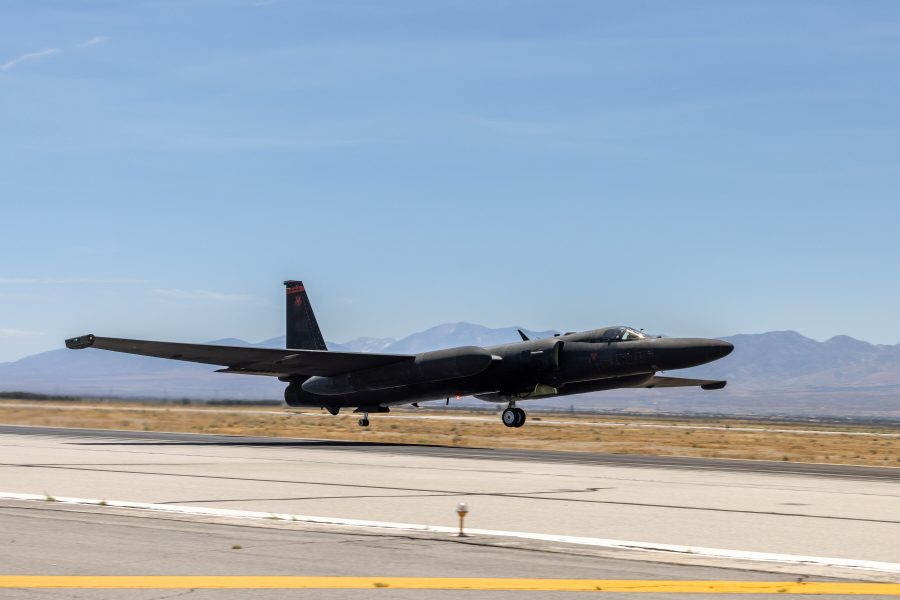An Air Force U-2 Dragon Lady has flown with its new updated avionics system, Lockheed Martin announced Sept. 26. The open-mission systems hardware and software update should carry the aircraft through the rest of its planned service life.
The Avionics Tech Refresh (ATR) updates the U-2’s communications and navigation capabilities and features a new mission computer with an open mission systems standard. It will allow the aircraft to communicate with networks and platforms in all domains and “at disparate security levels,” according to a Lockheed release.
In addition to the new avionics systems, the U-2 received new cabling, software, and displays that should ease pilot workload by “enhancing presentation of the data the aircraft collects to enable faster, better-informed decisions,” the release added.
Lockheed won the ATR contract, worth $50 million, in 2020.
During the first flight with the new system, the test U-2 performed low-altitude functional checks.
The flight “is a significant moment in our journey to rapidly and affordably field new capabilities,” Sean Thatcher, Lockheed Skunk Works U-2 ATR program manager, said in a statement. The new open architecture will allow the aircraft to integrate with the Joint All-Domain Operations battlespace, he said.
Lockheed plans to make the U-2 the first fully OMS-compliant fleet, Lockheed said.
Follow-on testing will “solidify a mature software baseline before mission systems are introduced to ensure both functionality and interoperability to meet operational needs,” the company said in a press release.
The Air Force plans to retire its fleet of 27 U-2s in 2026, and the semi-autonomous Northrop Grumman RQ-4 Global Hawk a year later, but the Air Force has not discussed a replacement for the two very high altitude intelligence, surveillance, and reconnaissance platforms. Instead, officials have suggested their ISR missions will transfer to space-based assets.
Congress has blocked previous efforts to retire the U-2, and for years even prevented the Air Force from retiring the wet-film Optical Bar Camera system used in the U-2 for decades. The system was finally retired in favor of a digital system in July 2022.
The Air Force is said to already be operating a secret, stealthy, uncrewed aircraft successor to the RQ-4 and U-2, called the RQ-180, but the service has declined to discuss it. Sources say the aircraft was built by Northrop Grumman, and that its success with the type helped the company win the B-21 bomber contract in 2015.
The U-2 is based at Beale Air Force Base, Calif., but there are detachments of the aircraft operating all over the world. The jet flies at altitudes up to 70,000 feet on missions that can last up to 11 hours. Lockheed’s depot for the U-2 is at Air Force Plant 42 in Palmdale, Calif.
